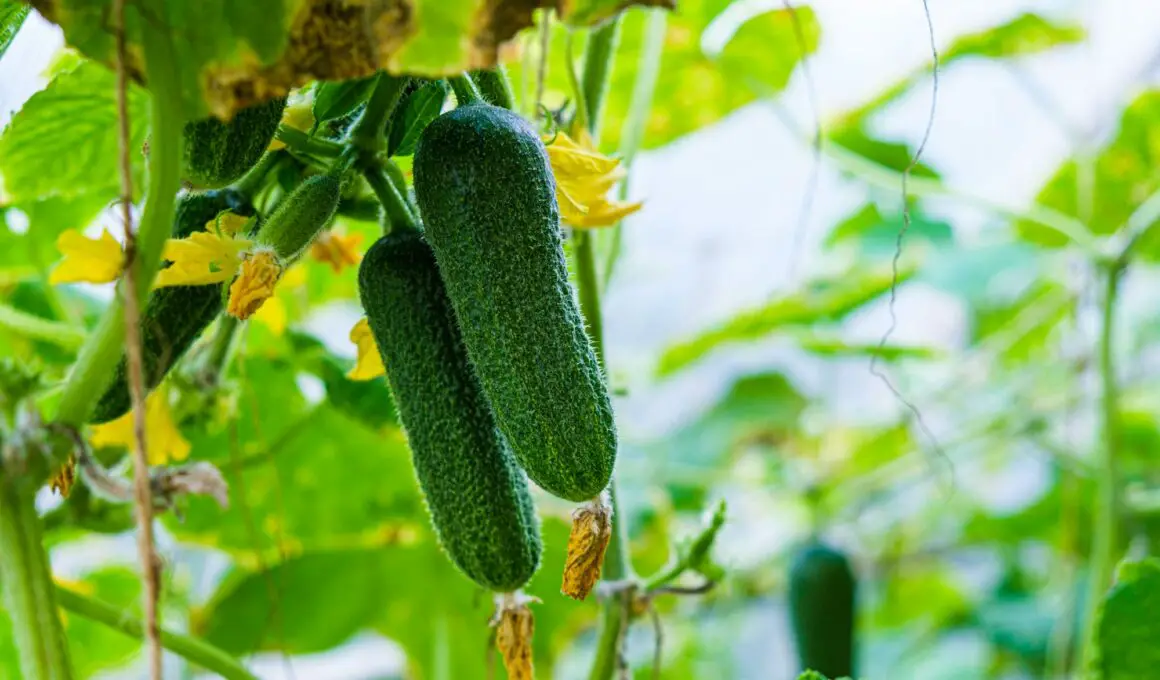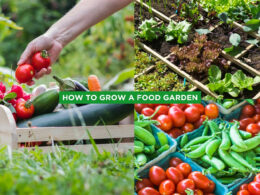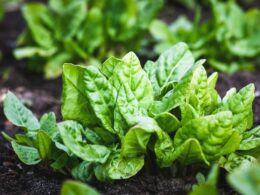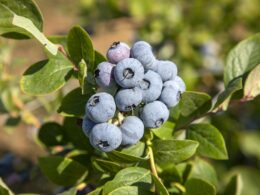In This Article Show
With over 13 years of gardening under my belt, I’ve come to appreciate the subtleties of nurturing plants from seed to harvest. Understanding the journey of a cucumber plant is not just about waiting for it to bear fruit; it’s about engaging with the process, making informed decisions, and enjoying the fruits of your labor, quite literally.
Cucumbers, belonging to the Cucurbitaceae family, are popular for their refreshing taste and are a staple in salads, sandwiches, and even skincare routines due to their high water content and beneficial nutrients.
This guide will walk you through each critical stage of a cucumber’s life, from the eager anticipation of germination to the satisfaction of harvesting. Knowing what to expect at each stage enables you to provide the best care, optimize growing conditions, and address any issues that arise, ensuring a healthy crop.
Cucumber Plant Growth Stages
Let’s dive into the core phases of cucumber plant development, focusing on the vegetative and flowering stages. These stages are pivotal for ensuring your cucumbers thrive and produce a generous yield.
Vegetative Growth Stage
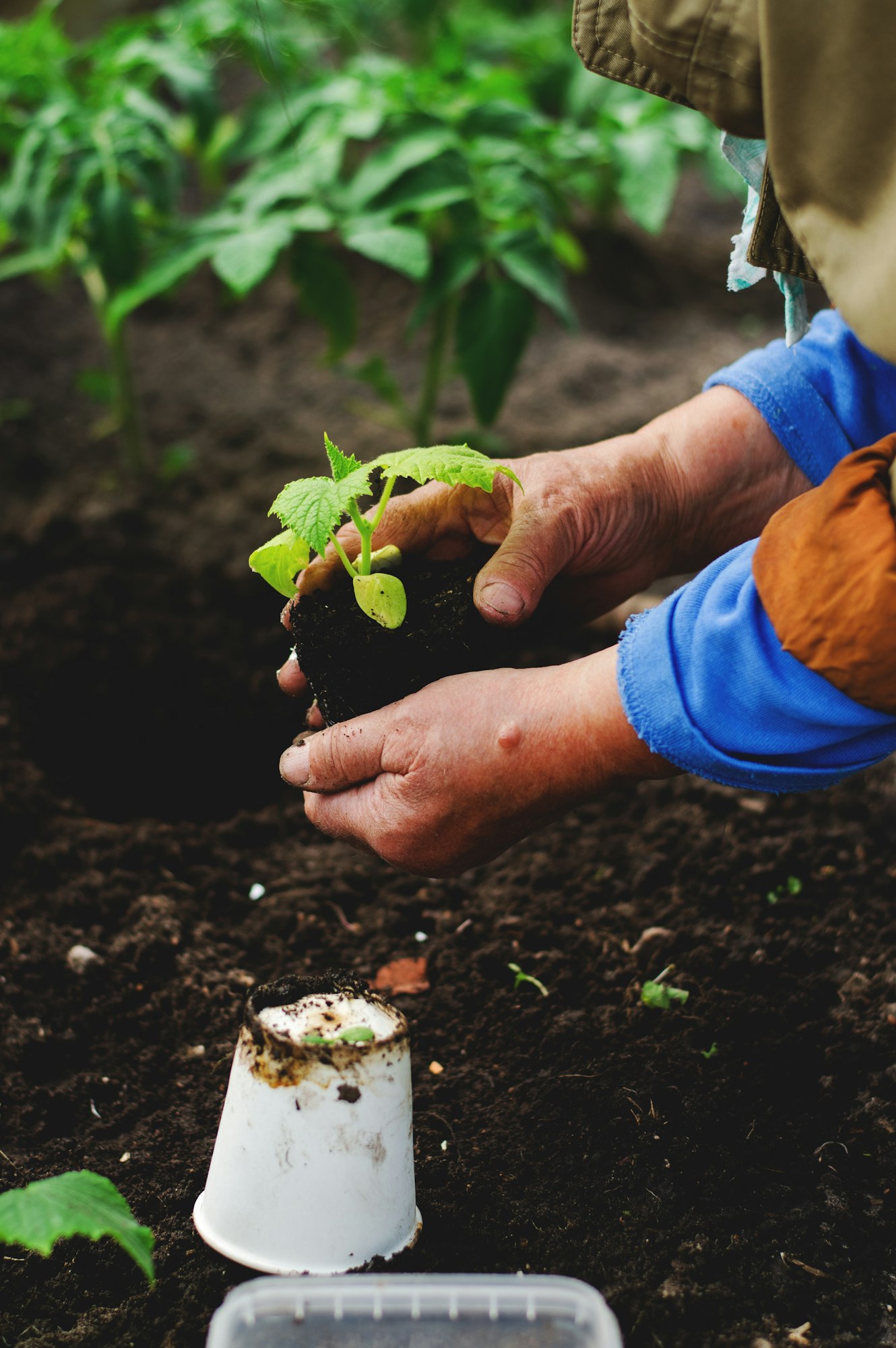
Once your cucumber seeds sprout, the plants enter the vegetative growth stage, laying the foundation for a successful harvest. This period is characterized by rapid leaf, stem, and root development, typically lasting 3 to 4 weeks under optimal conditions.
1. Duration
Get Gardening For Beginners
Our new EBOOK shows newcomers and green thumbs alike a step by step guide to growing the garden of their dreams.
The vegetative phase spans from the emergence of the first true leaves until the first flowers begin to form. During this time, your cucumber plants are focusing all their energy on building a strong structural base.
2. Importance of Spacing and Depth in Soil
Proper spacing and planting depth are crucial during this stage. Cucumbers should be planted about 36 to 60 inches apart in rows, with rows spaced 4 to 6 feet apart. This spacing allows for adequate air circulation, reducing the risk of disease. A planting depth of 0.5 to 1 inch is ideal, ensuring seeds have enough soil coverage to retain moisture without hindering emergence.
3. Light, Water, and Nutrient Requirements
Cucumbers crave sunlight, requiring at least 6 to 8 hours of direct sunlight daily. Watering is vital during the vegetative stage, with plants needing about 1 to 2 inches of water per week, depending on the weather conditions.
Over-watering can lead to root rot while under-watering can stress the plant, so maintaining a balance is key. Nutrient-wise, a balanced fertilizer applied every 4 to 6 weeks can support healthy growth. Nitrogen is particularly important at this stage to promote leafy growth.
Flowering Stage
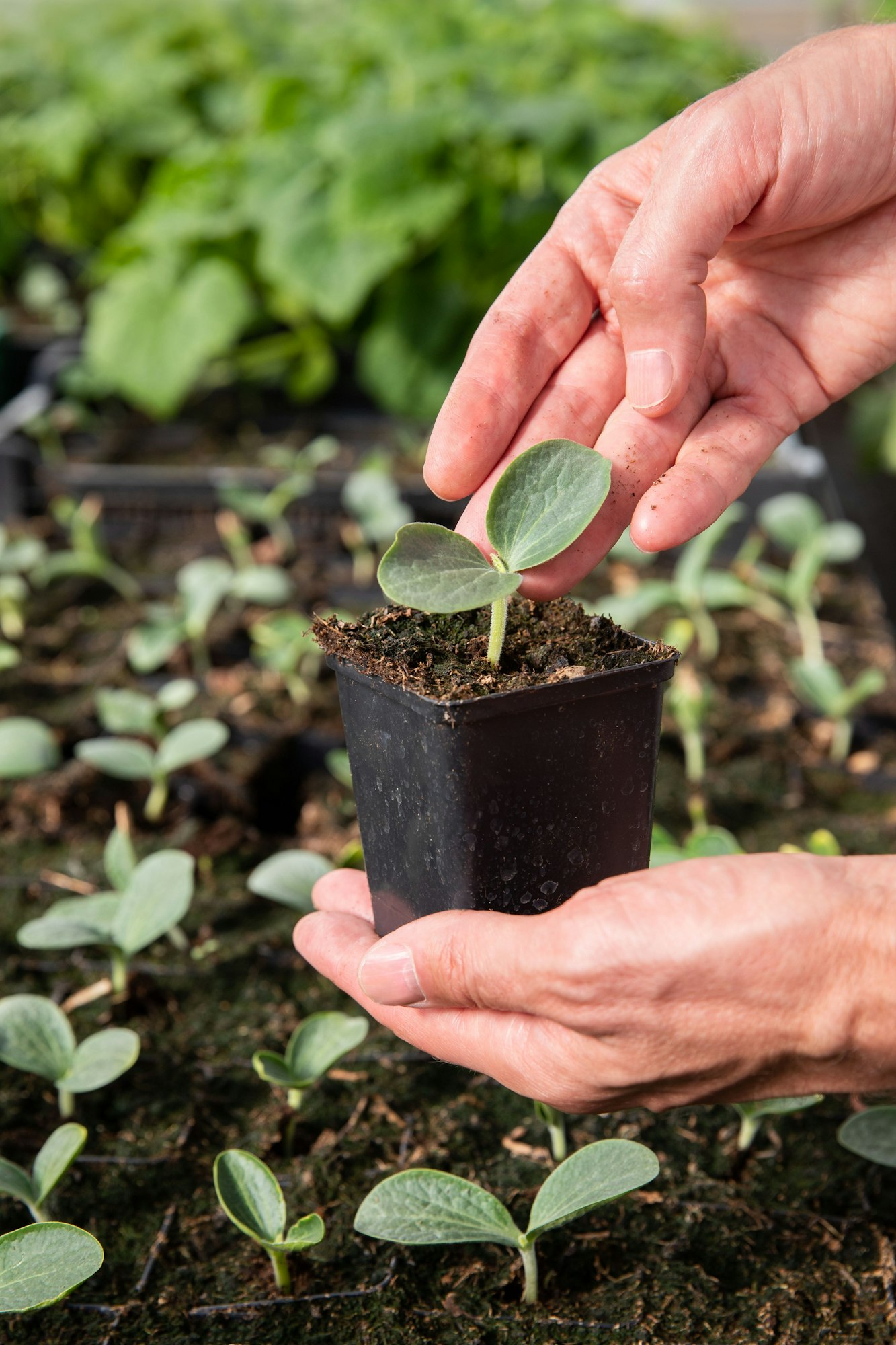
Following the vegetative stage, cucumbers enter the flowering stage, marking the beginning of fruit production. This stage is where the magic of pollination happens, setting the stage for cucumbers to develop.
Get Gardening For Beginners
Our new EBOOK shows newcomers and green thumbs alike a step by step guide to growing the garden of their dreams.
1. Timing
Cucumber plants typically start to flower about 4 to 6 weeks after planting. The timing can vary based on factors like variety, growing conditions, and care.
2. Identification and Significance
Cucumber plants produce both male and female flowers. Male flowers appear first on the vine and are typically more numerous. They have slender stems and are there to produce pollen. Female flowers follow, identifiable by the small, immature cucumber at the base of the flower. Understanding the difference is crucial for hand pollination or diagnosing potential issues with fruit sets.
3. Pollination Methods for Optimal Fruit Production
For cucumbers to bear fruit, pollen from male flowers must reach the female flowers. While bees and other pollinators usually handle this, gardeners can also manually pollinate by gently transferring pollen from a male flower to the stigma of a female flower using a small brush or even their finger. This can be especially helpful in gardens where pollinator populations are low or in enclosed spaces like greenhouses.
By closely monitoring and managing these stages, you set the stage for a thriving cucumber crop. Remember, each plant’s journey may vary slightly, but with patience and attentive care, you’ll be well on your way to enjoying fresh, home-grown cucumbers.
Harvesting Cucumbers Stage
The culmination of your hard work in the garden is the harvesting stage, where timing and technique are everything. Picking cucumbers at the right moment ensures the best flavor, texture, and longevity of your produce. Here’s how to master the art of harvesting cucumbers.
When to Harvest Cucumbers
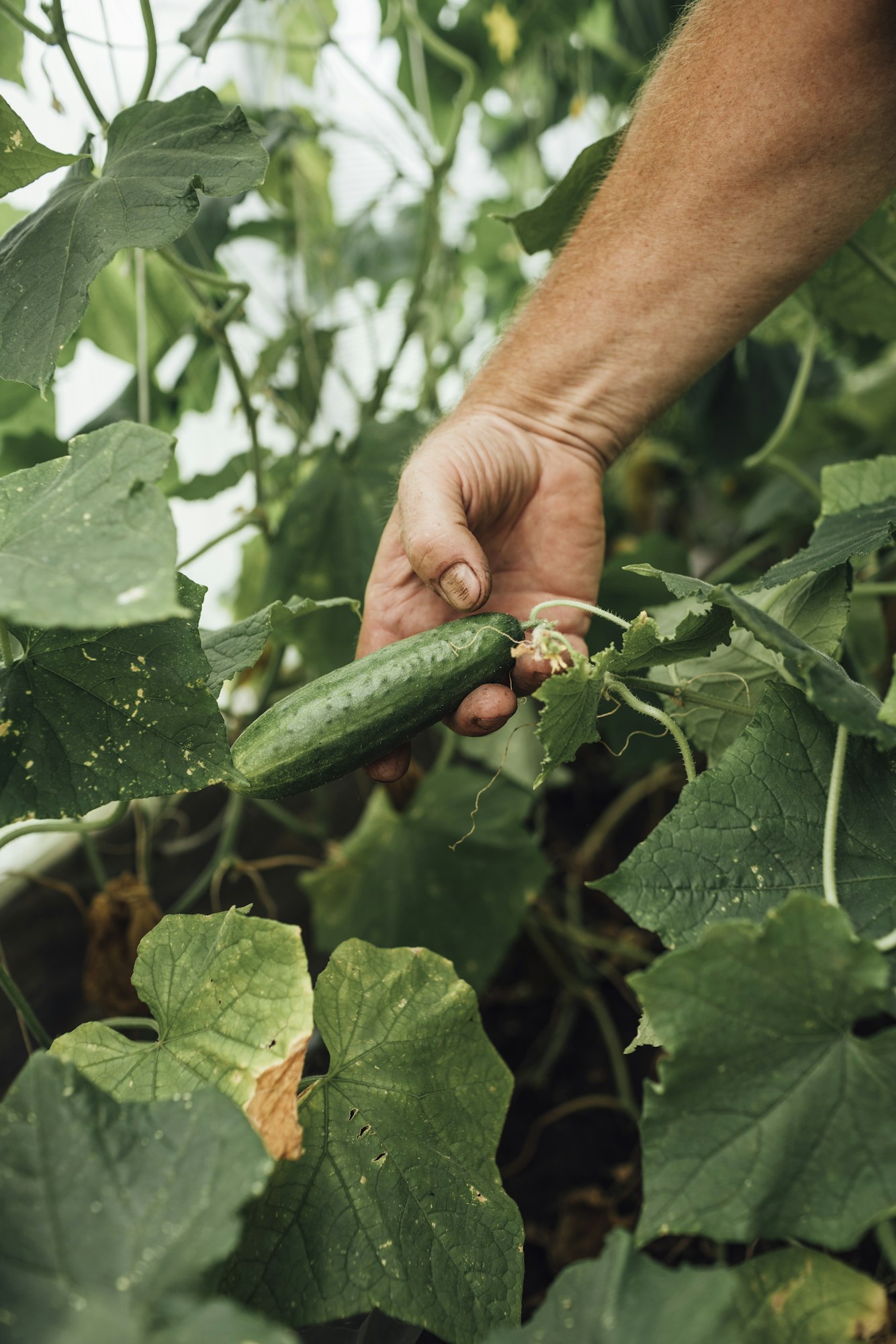
Cucumbers reach harvest-ready maturity relatively quickly once they start to fruit. The ideal time for harvesting typically falls within 50 to 70 days from planting, depending on the variety and growing conditions. For most types, cucumbers are best picked when they are medium-sized, and firm, and the skin is a vibrant green without any yellowing.
- Slicing cucumbers: Harvest when they are about 6 to 8 inches long.
- Pickling cucumbers: Best picked when 2 to 4 inches long for crispness.
- European or greenhouse varieties: Can be harvested when longer, up to 10 to 14 inches.
Signs of Maturity for Harvesting
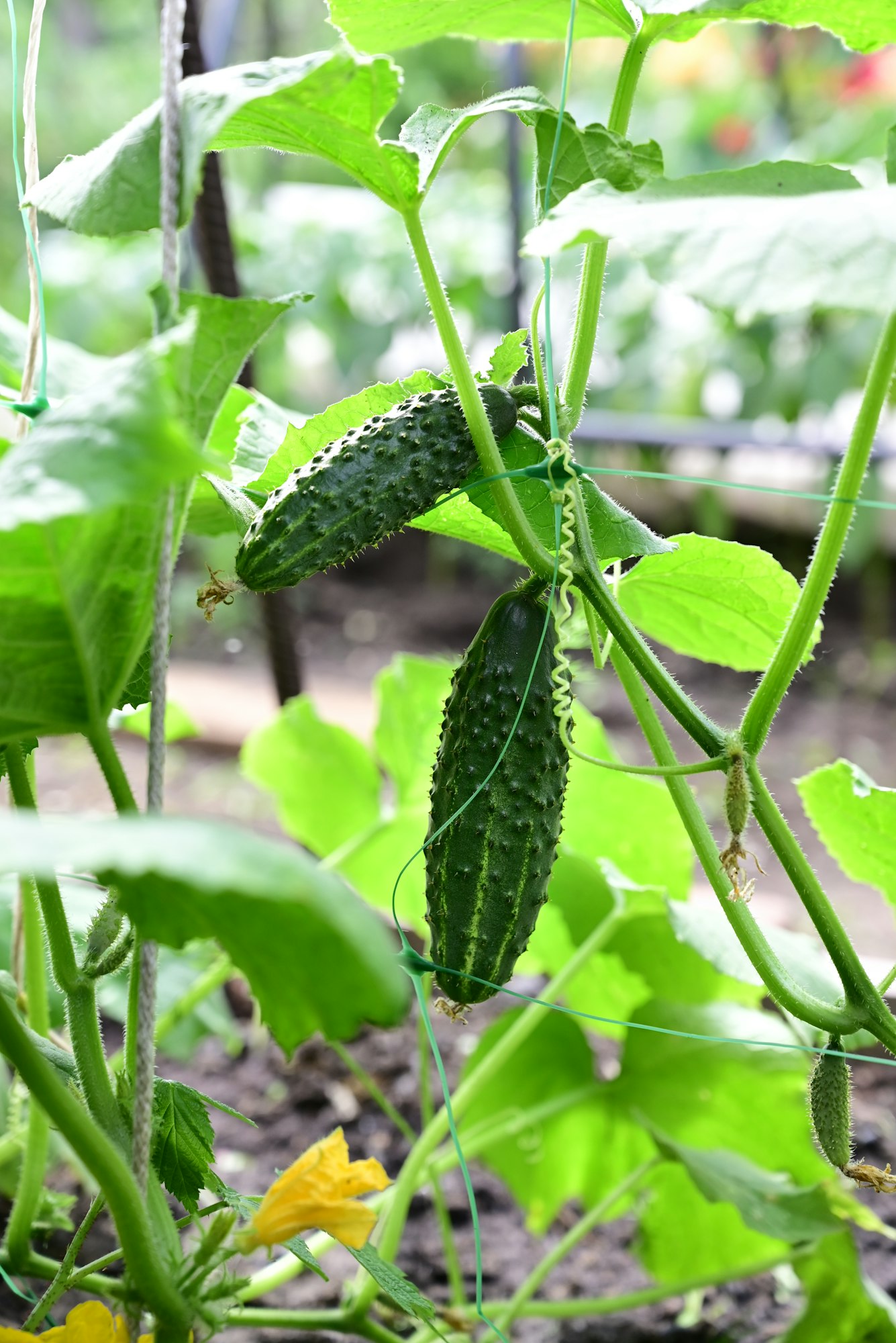
- Size and Color: A mature cucumber will be firm, with a bright, even color. Overripe cucumbers often have a dull color and may start to yellow.
- Texture: The skin should be firm and the flesh crisp. If the cucumber feels soft or hollow, it’s past its prime.
- Seed Development: Mature cucumbers have fully formed but not hardened seeds. If seeds are hard and prominent, the cucumber is over-mature and likely less palatable.
How to Harvest
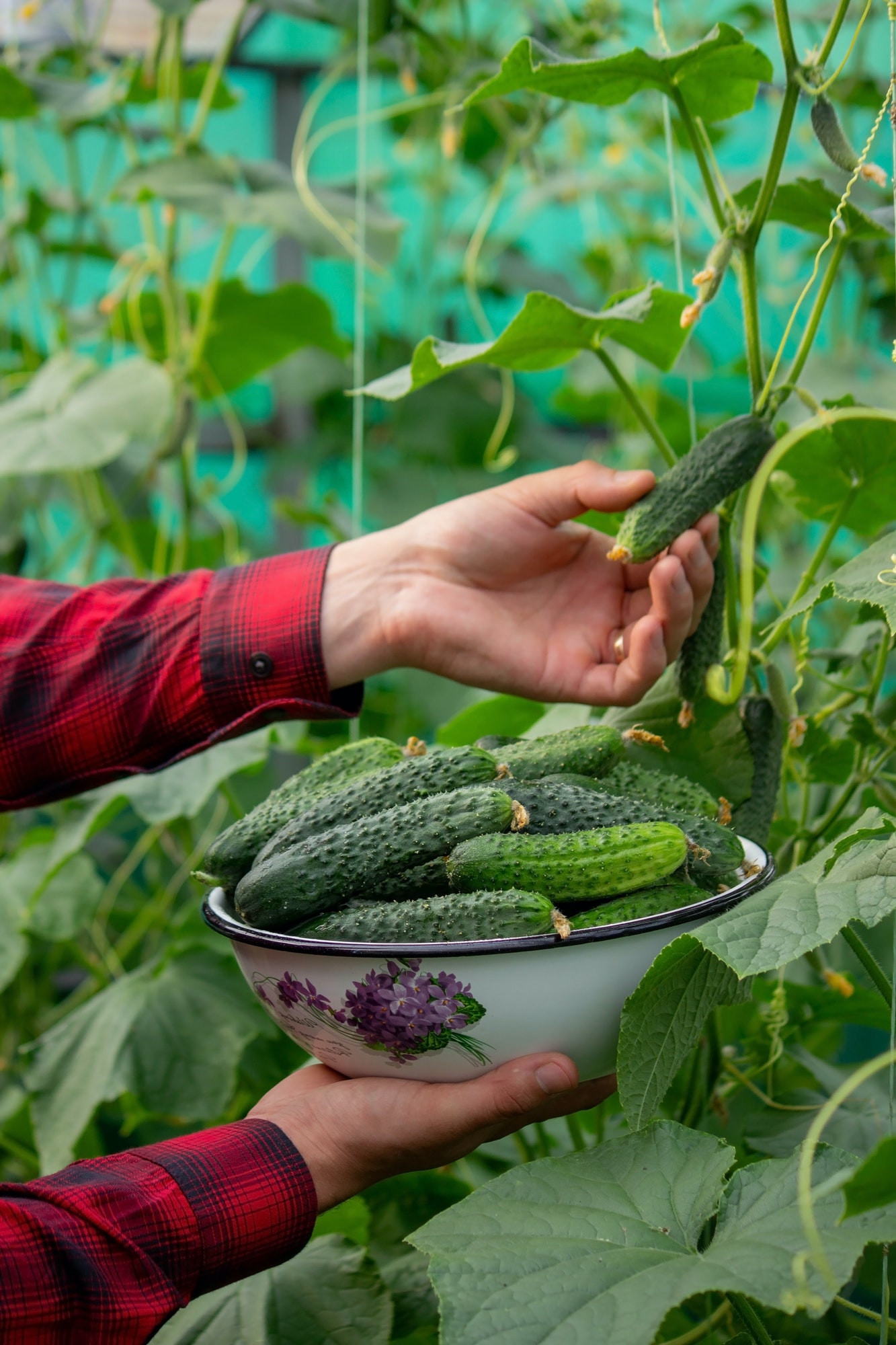
Use a sharp knife or scissors to cut the cucumber from the vine, leaving a short stub of stem attached. This method is gentler on the plant and prevents damage to both the vine and the fruit. Avoid pulling or twisting cucumbers off the vine, as this can harm the plant and reduce future yield.
Post-Harvest Handling and Storage Tips
- Cool Quickly: Cucumbers are best stored at around 50-55°F (10-13°C). If they’re stored at room temperature, use them within a day or two to maintain freshness.
- Humidity: Store in high humidity if possible. A perforated plastic bag in the refrigerator can help maintain humidity levels without causing condensation that could lead to spoilage.
- Separate from Ethylene Producers: Keep cucumbers away from ethylene-producing fruits like tomatoes, bananas, and melons to prevent them from ripening too quickly and becoming soft.
- Use Promptly: For the best flavor and texture, use harvested cucumbers within a week of picking.
By following these guidelines, you can enjoy the crisp, refreshing taste of cucumbers fresh from your garden. Whether adding them to salads, making pickles, or enjoying them as a crunchy snack, the satisfaction of eating your home-grown produce is unparalleled.





